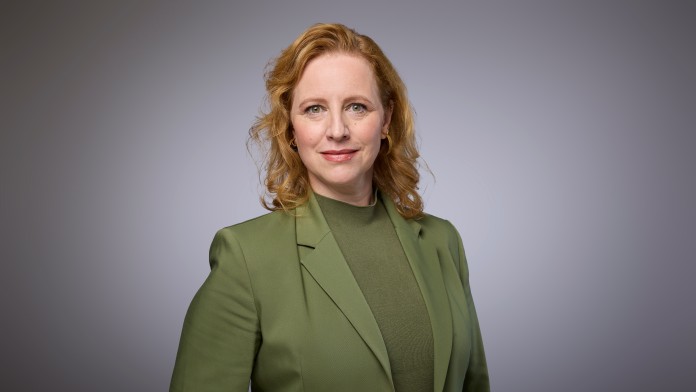Press Release from 2016-02-25 / Group, KfW Research
Innovative strength among SMEs still poor despite slight recovery
- At 29%, share of innovative companies remains at a low level
- Good domestic economy only motivating small companies to innovate more, with large SMEs waiting for greater clarity on Europe's future
- Proportion of turnover from new products and services is falling
After years of sharp decline, German SMEs' innovative activity is increasing again slightly with the economic recovery. Most recently, 29% of the small and medium-sized enterprises were investing in innovative products or processes. However, as documented in the KfW Innovation Report 2016 published today, there is no question of a reversal in the trend: The number of innovative SMEs actually rose by just 32,000 to around 1.05 million, this means a plus of not even one percentage point.
“The slight increase observed recently for new products and processes should not us distract from the fact that small and medium-sized enterprises have lost considerable innovative strength in the last few years,” commented Dr Jörg Zeuner, Chief Economist at KfW. “In the mid-2000s the share of innovators stood at around 40%. A third fewer companies are developing innovations today than was the case before the financial crisis.”
KfW’s new Innovation Report covers the years 2012–2014 for which the latest representative data is available. Paradoxically, the slight increase in the SME innovator rate compared with the last assessment period (2011–2013) stems exclusively from the marginally higher level of innovative activity among very small and domestically-oriented companies. The group of SMEs that has demonstrated greater innovative spirit throughout the course of the economic recovery in Germany is precisely the one that has traditionally launched the fewest innovations and, over time, has also been least likely to engage in innovative activity. 27% of companies with fewer than five employees are on the margins of innovation, which represents an increase of two percentage points in comparison to the years 2011–2013. In all other size classes of SMEs, the innovator rate has declined further. Even among the very large companies with 50 or more employees, only 55% are currently making investments. This is two percent points lower than during the last assessment. One of the reasons for this is the continued high level of uncertainty surrounding the European economic and financial system of the future. Considerably more stability would probably increase the willingness of internationally-focused larger SMEs to innovate.
Innovative activity among SMEs has been on a downward trajectory for a number of years and this is reflected in an overall decreasing share of turnover with new products. In 2004, around 43% of small and medium-sized enterprises generated more than half their turnover through new products or services. This figure has now fallen to 31%. During the same period, the proportion of companies where innovation contributed no more than 10% to turnover, or nothing at all, grew from 30% to currently 53%.
“We must prevent a further withdrawal of SMEs from innovative activities. There is an increasing risk that German SMEs are losing ground at an international level due to an ageing product range. Market leaders only remain market leaders if they are able to face up to the technological competition. This is revealed clearly by our figures. It is up to economic policy to mitigate this risk. The top priority is to establish considerably more stability in the European economic and financial system. Furthermore, politicians should always be looking to eliminate obstacles to innovation,” Zeuner continued. Financing offers were also being continually developed, he said, to make it easier for SMEs to achieve their innovation goals. “However, now is the time to address a lack of future entrepreneurs and expert personnel that will only be exacerbated by the demographic trend. In order to maintain innovative capability among German SMEs, investments have to be made urgently in qualification and training measures,” explained Zeuner.


Share page
To share the content of this page with your network, click on one of the icons below.
Note on data protection: When you share content, your personal data is transferred to the selected network.
Data protection
Alternatively, you can also copy the short link: kfw.de/s/enkBbm2w.BTRA
Copy link Link copied